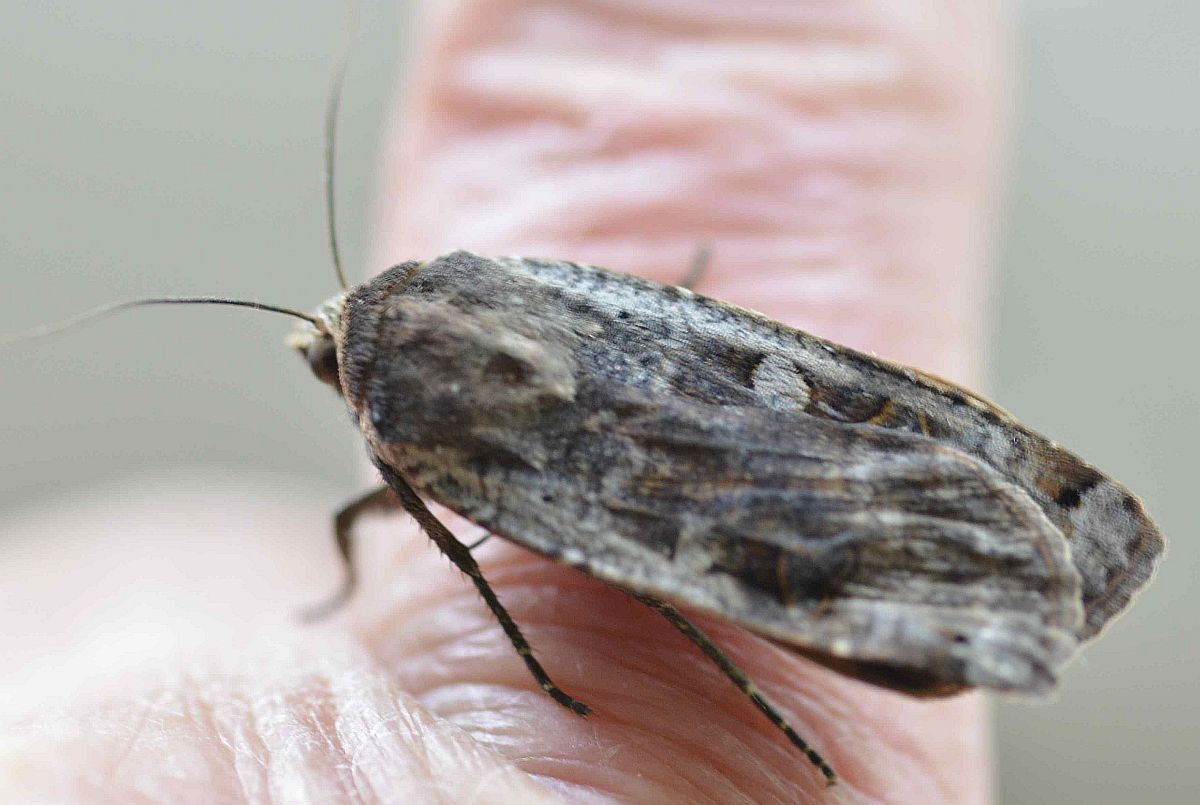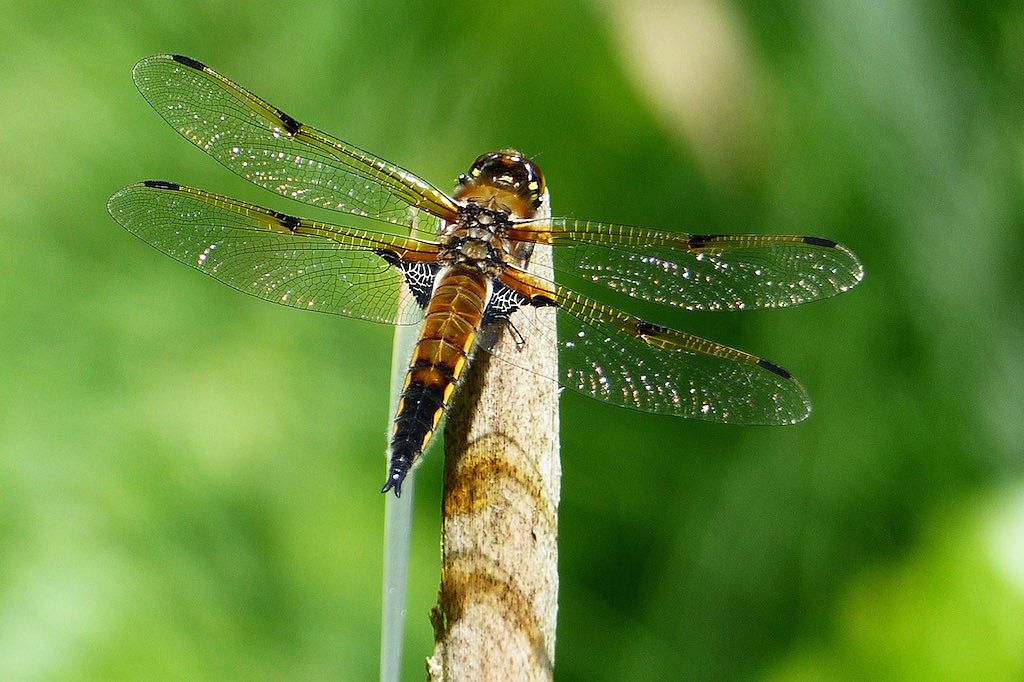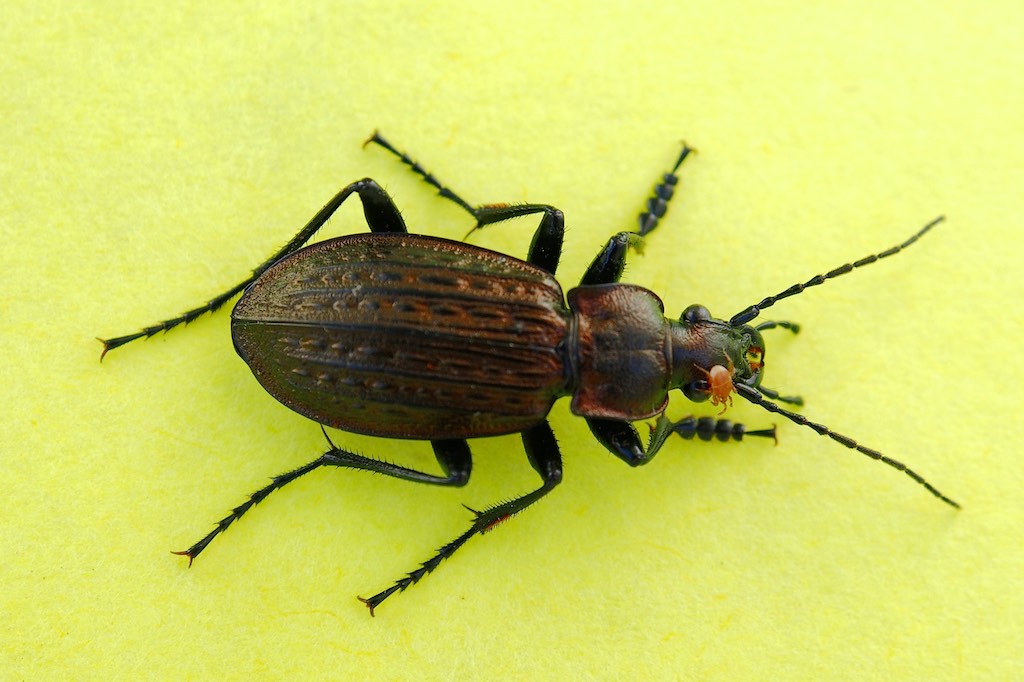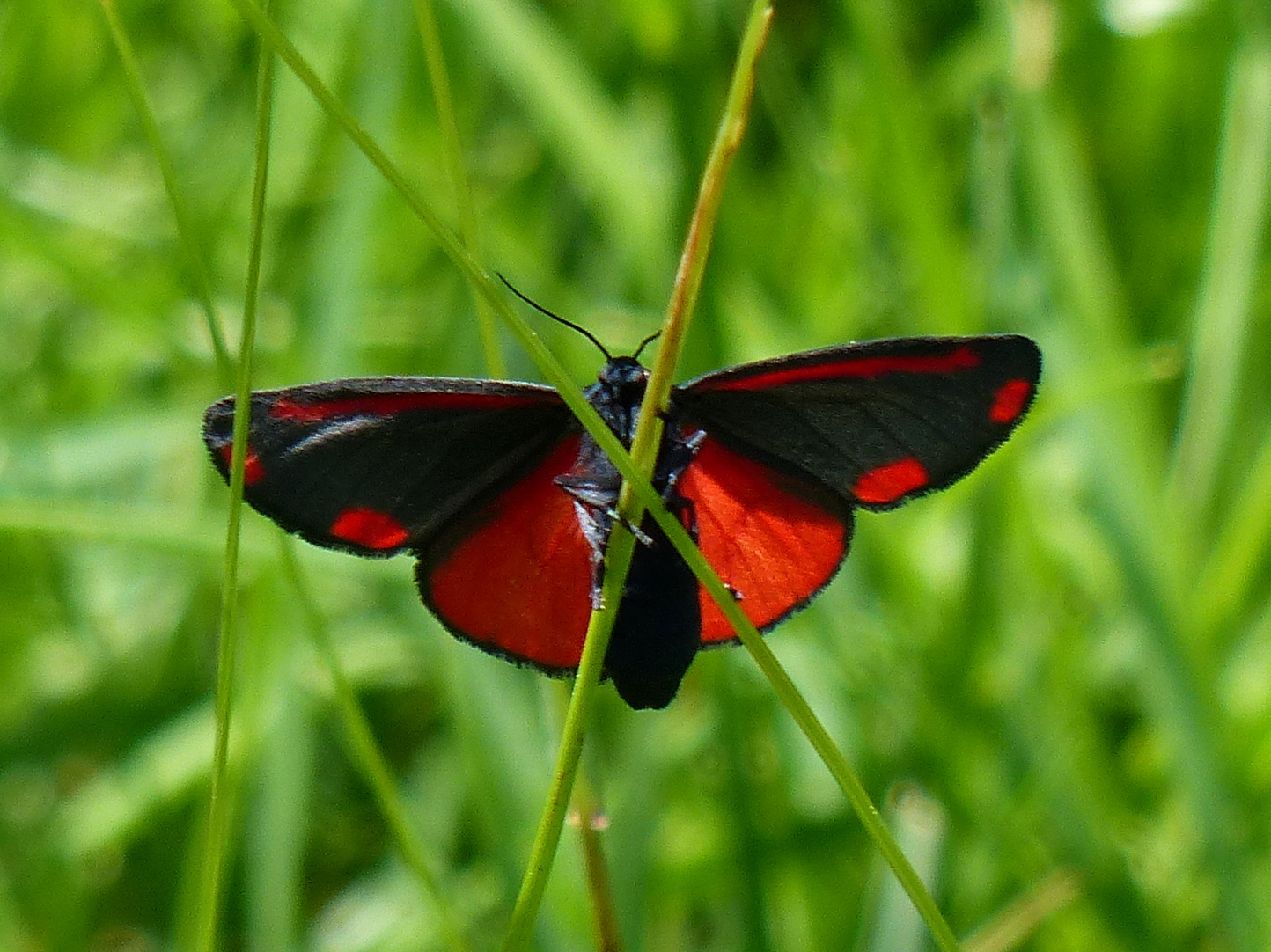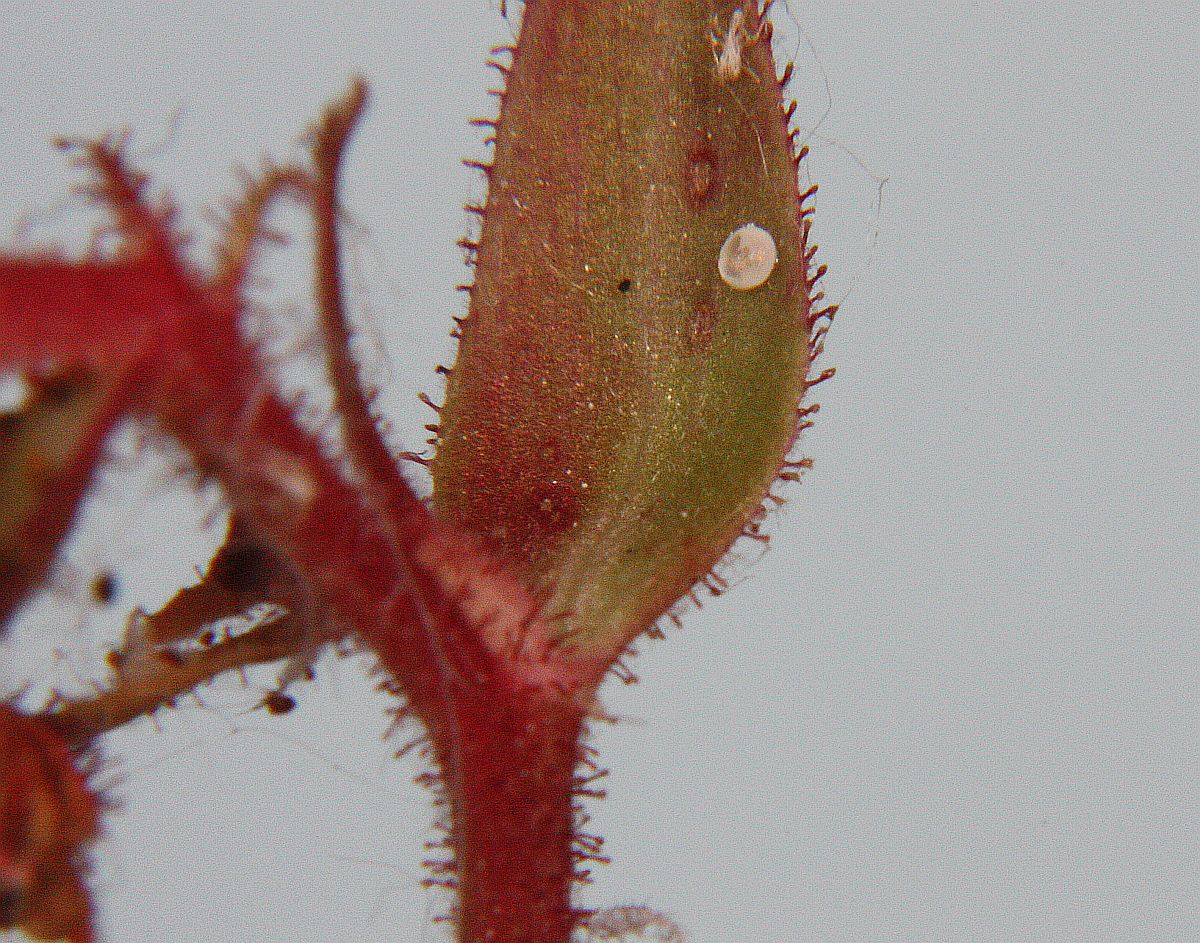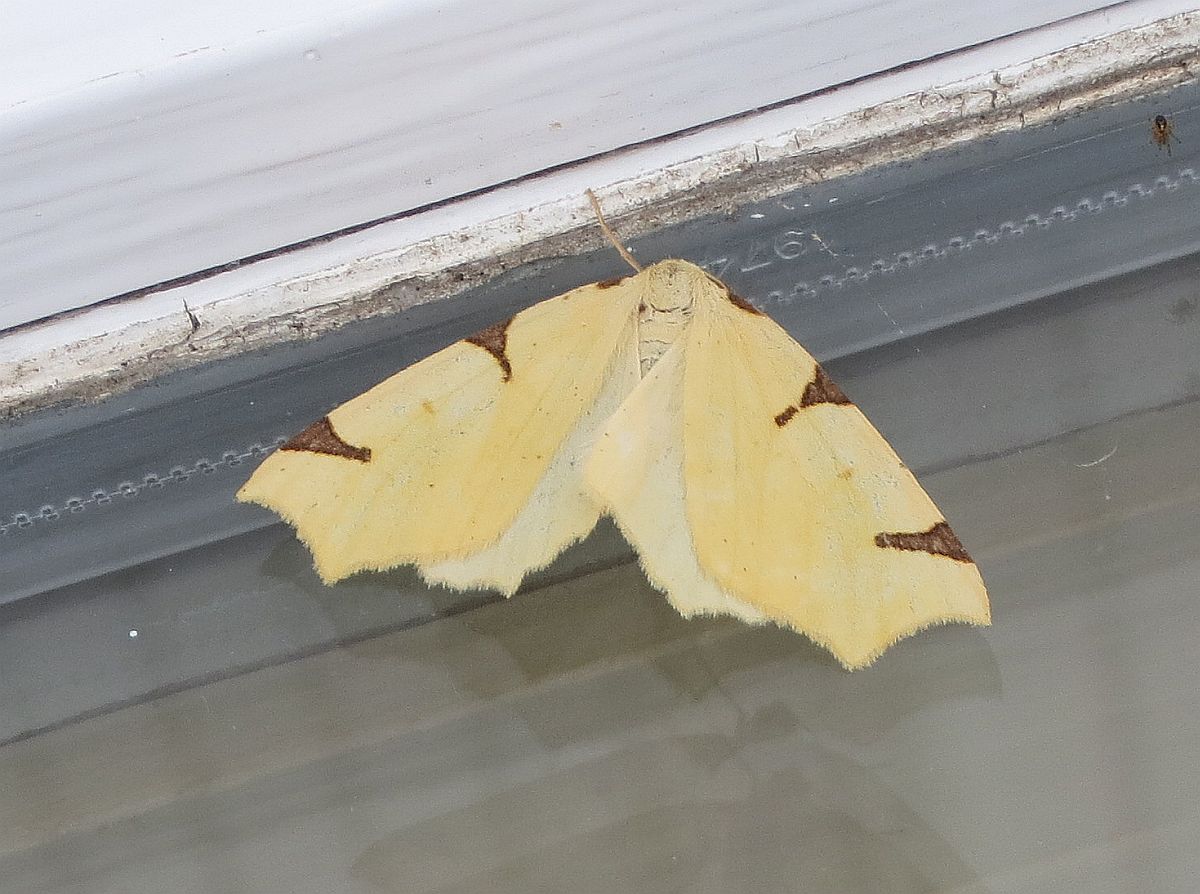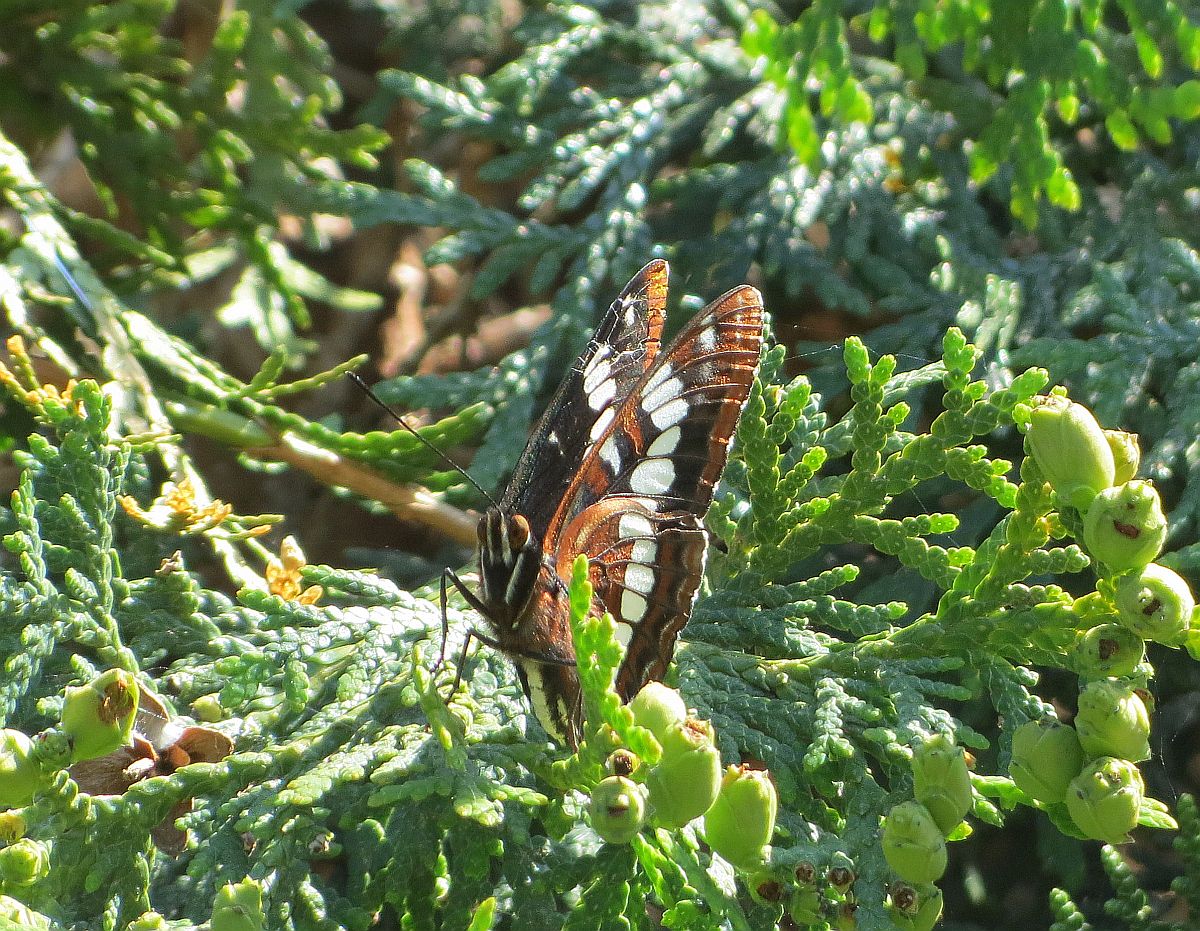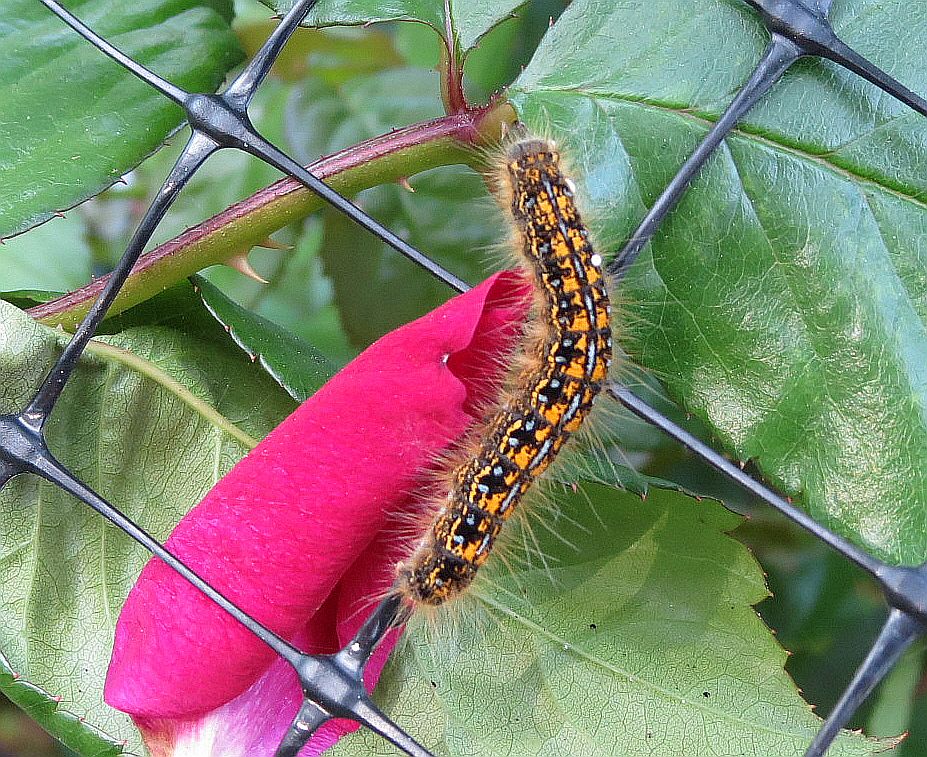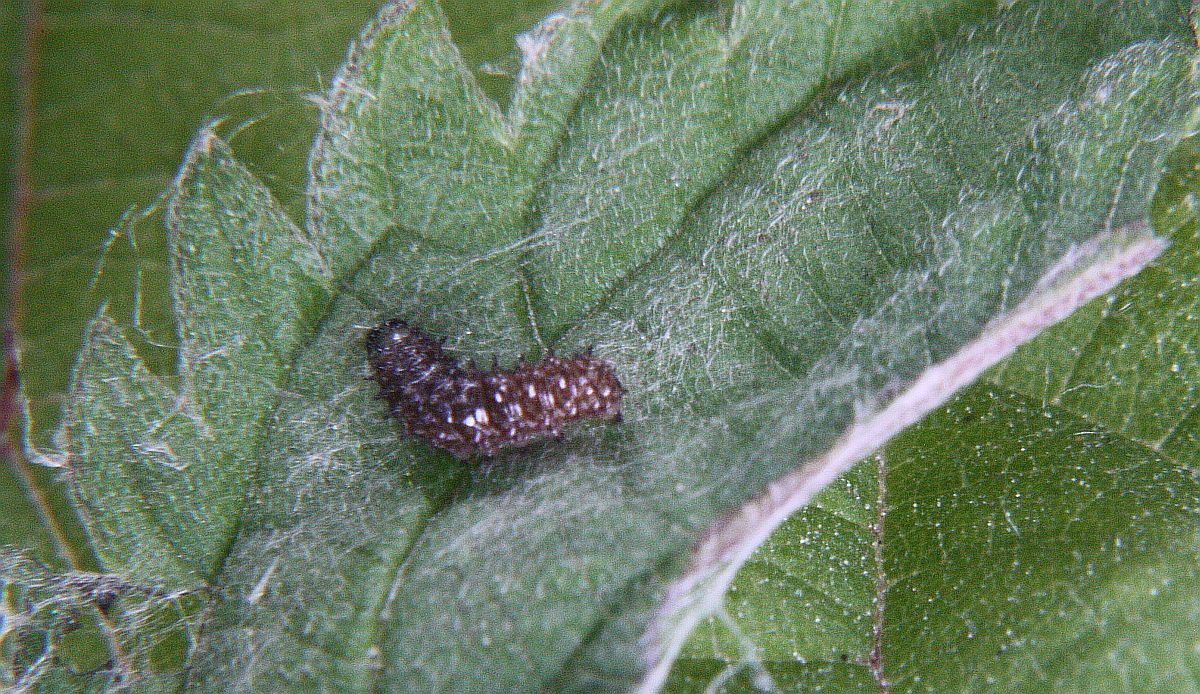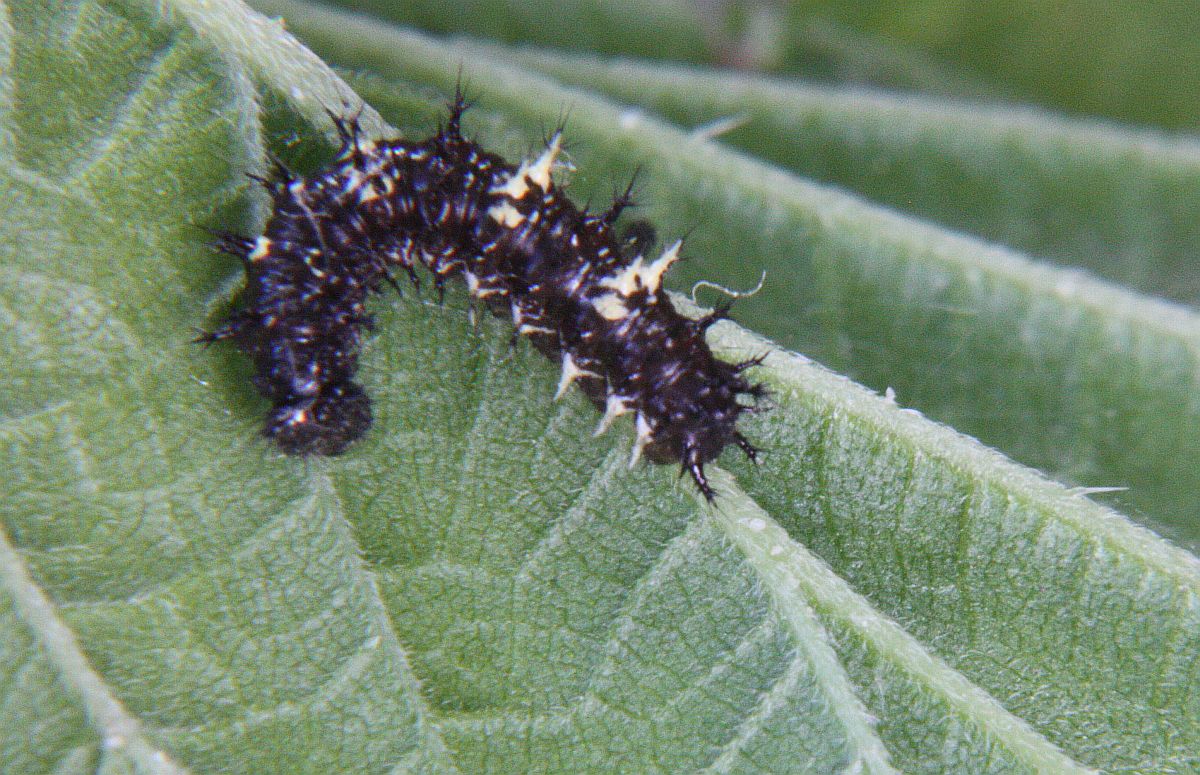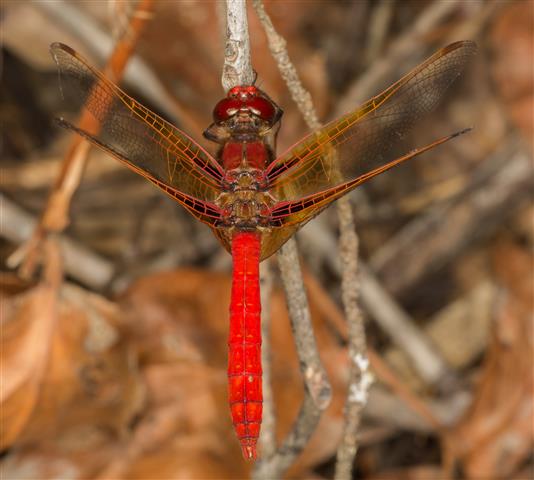2015 June 1
Annie Pang sends photographs of a European Paper Wasp and a crane fly, from Gorge Park, May 31. Jeremy Tatum writes: The wasp is a native of continental Europe – I believe it doesn’t occur in the British Isles, but I’d welcome confirmation of this. Although I can’t be sure (and we would welcome an expert opinion) the crane fly is probably also a European (including British) insect, Tipula paludosa. In Britain it is called “daddy long-legs” – a name that is generally used here for harvestmen or some types of spider. The larvae of crane flies are called leatherjackets.
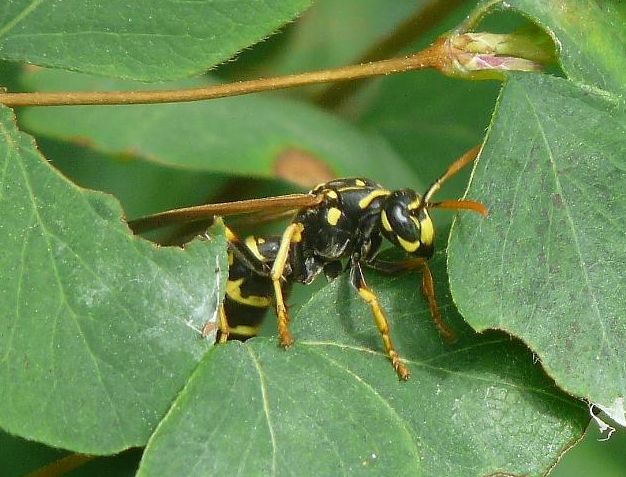
European Paper Wasp Polistes dominula (Hym.: Vespidae) Annie Pang
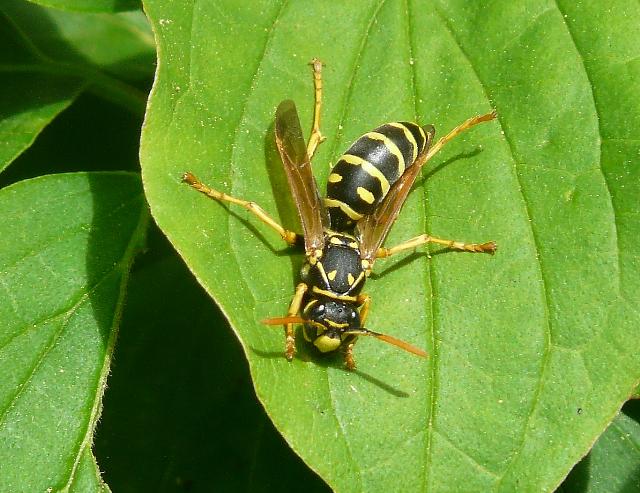
 European Paper Wasp Polistes dominula (Hym.: Vespidae) Annie Pang
European Paper Wasp Polistes dominula (Hym.: Vespidae) Annie Pang

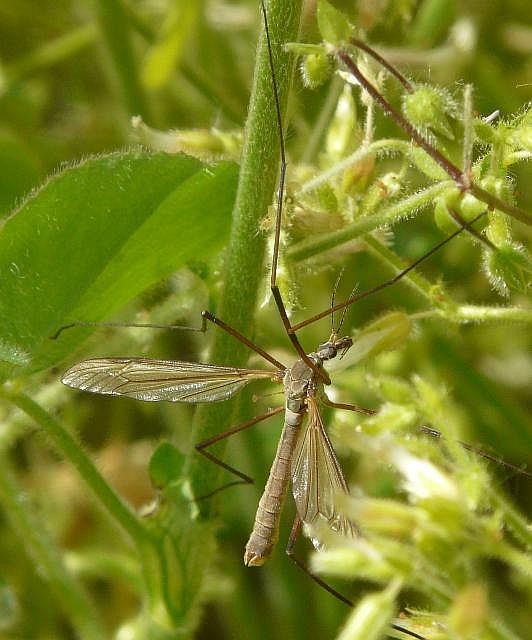
Tipula sp. probably paludosa (Dip.: Tipulidae) Annie Pang
Ken Vaughan writes: I had a chance to wade around a bit at the Beaver Lake Retriever
Ponds on Saturday May 30. Activity for odes is picking up. The first picture, although not a great one, is of an American Emerald (Cordulia shurtleffii). Second sighting for me, first picture. The second is of a teneral female Blue Dasher (Pachydiplax longipennis). The third is a male Tule Bluet (Enallagma carunculatum). Lots of activity with many Four-spotted Skimmers, Blue-eyed Darners and Cardinal Meadowhawks present.
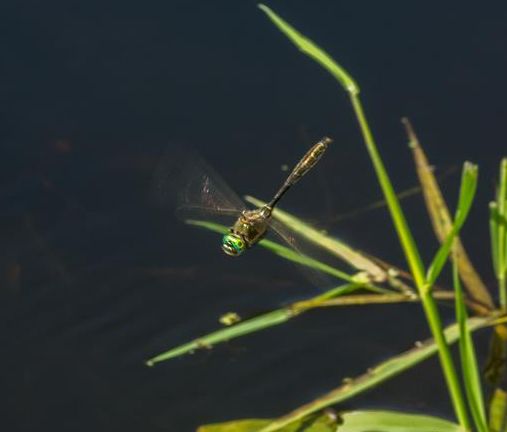
 American Emerald Cordulia shurtleffii (Odo.: Corduliidae) Ken Vaughan
American Emerald Cordulia shurtleffii (Odo.: Corduliidae) Ken Vaughan
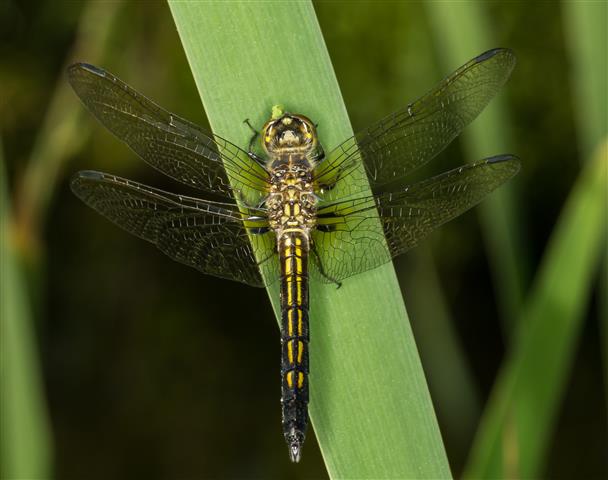
 Blue Dasher Pachydiplax longipennis (Odo.: Libellulidae) Ken Vaughan
Blue Dasher Pachydiplax longipennis (Odo.: Libellulidae) Ken Vaughan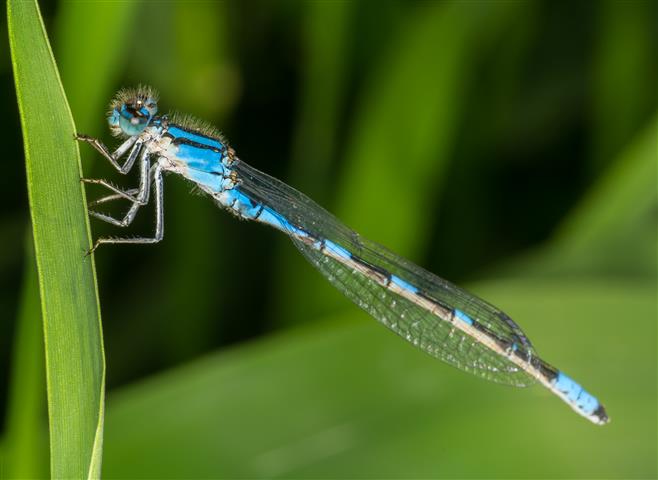
 Tule Bluet Enallagma carunculatum (Odo.: Coenagrionidae) Ken Vaughan
Tule Bluet Enallagma carunculatum (Odo.: Coenagrionidae) Ken Vaughan
Jeremy Tatum shows two micro moths. The first was sitting on my bedroom window a few nights ago. It was identified for me by Eric LaGasa as the Skunk Moth. The caterpillar has been recorded as feeding on fungi. Authors differ a little as to which Family to place it in, and so I am playing safe and listing it under its Superfamily
(-oidea). I reared the second from Rosa nutkana. It is one of several look-alike tortricids (Choristoneura, Pandemis, etc.) which are best told apart from the costal fold in the male. This one is without costal fold and therefore a female and therefore probably best left unidentified.

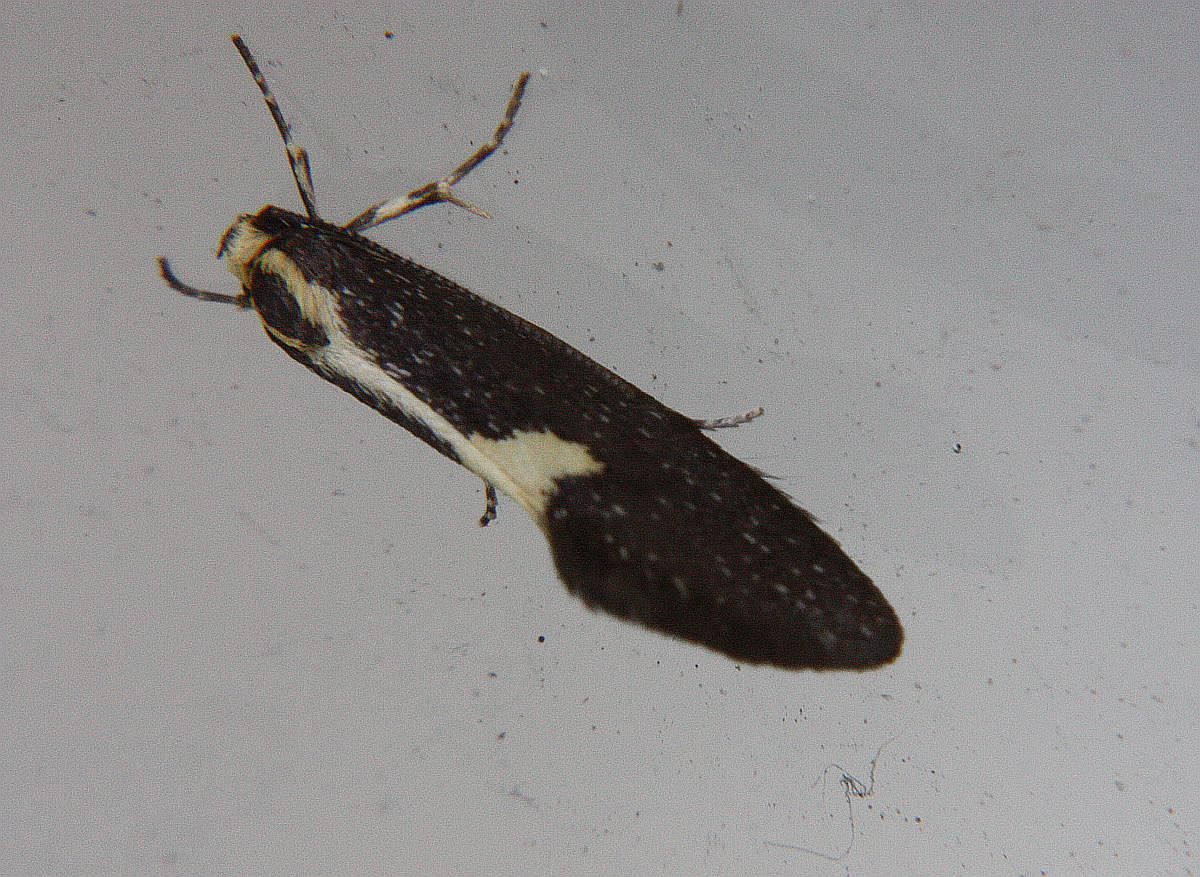
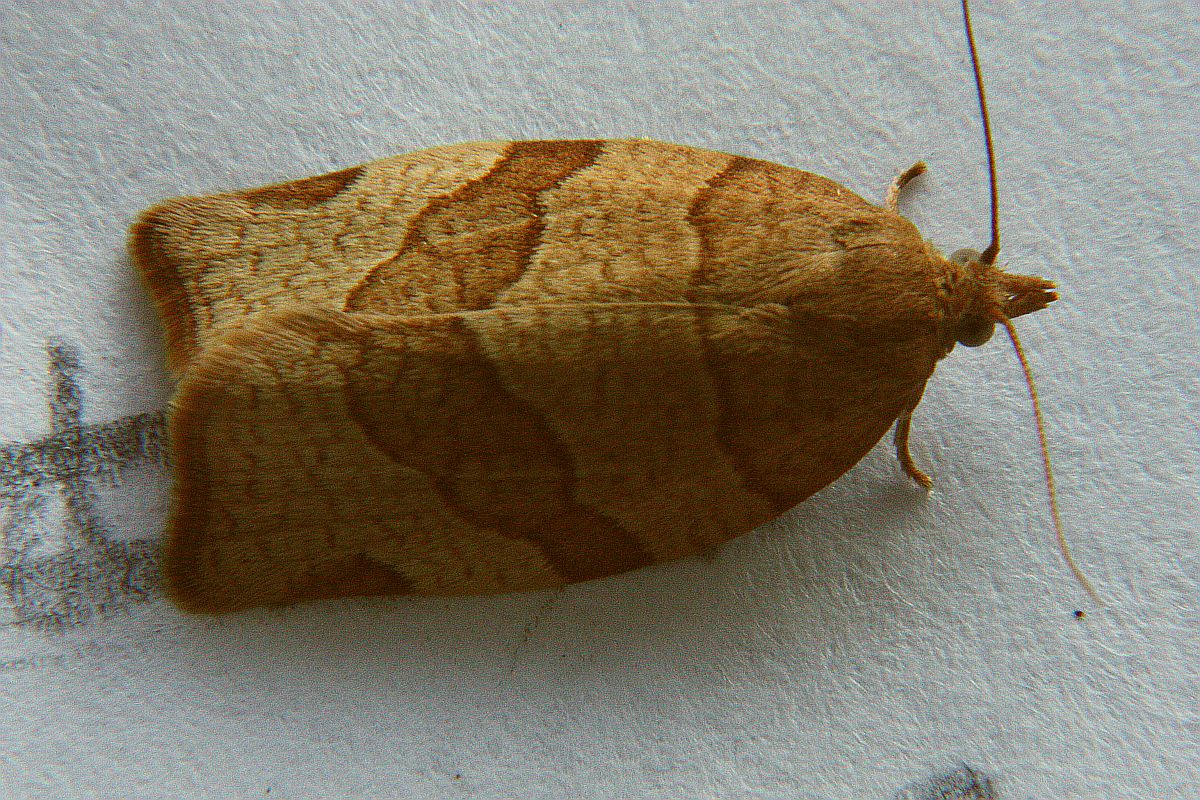
Tortricid moth (Lep.: Tortricicae) Jeremy Tatum

